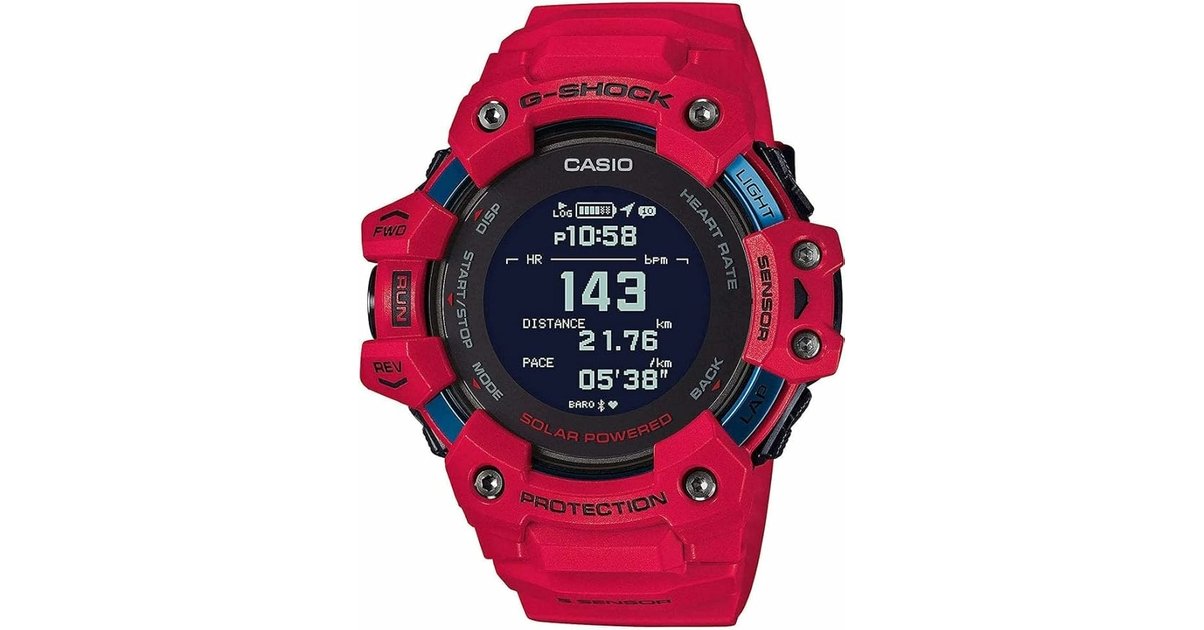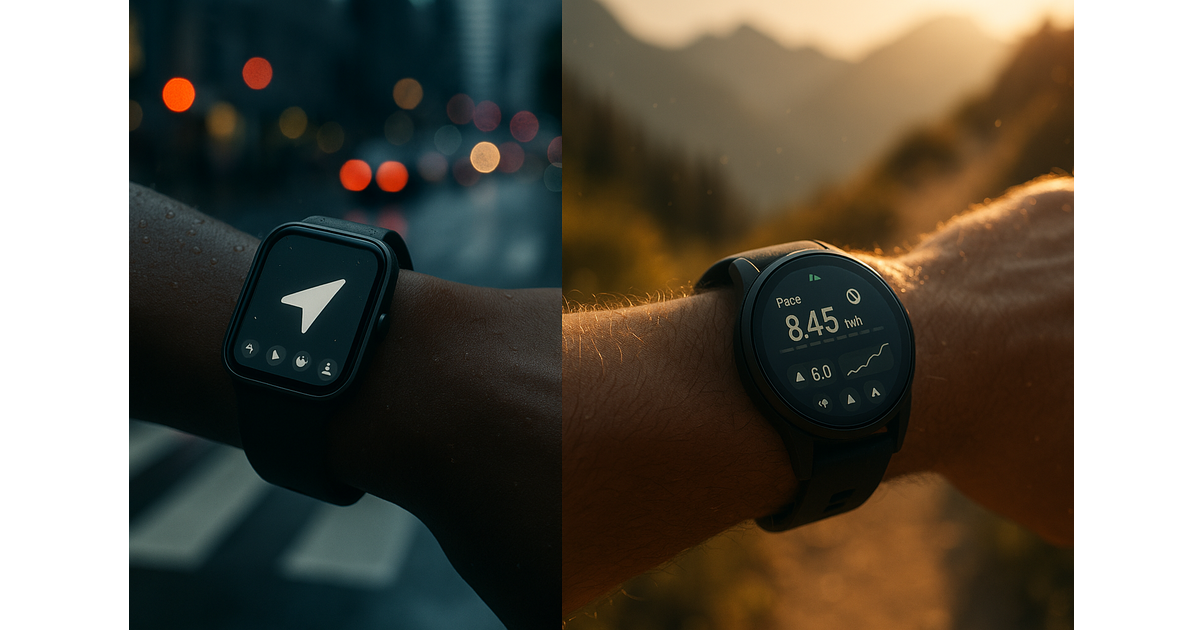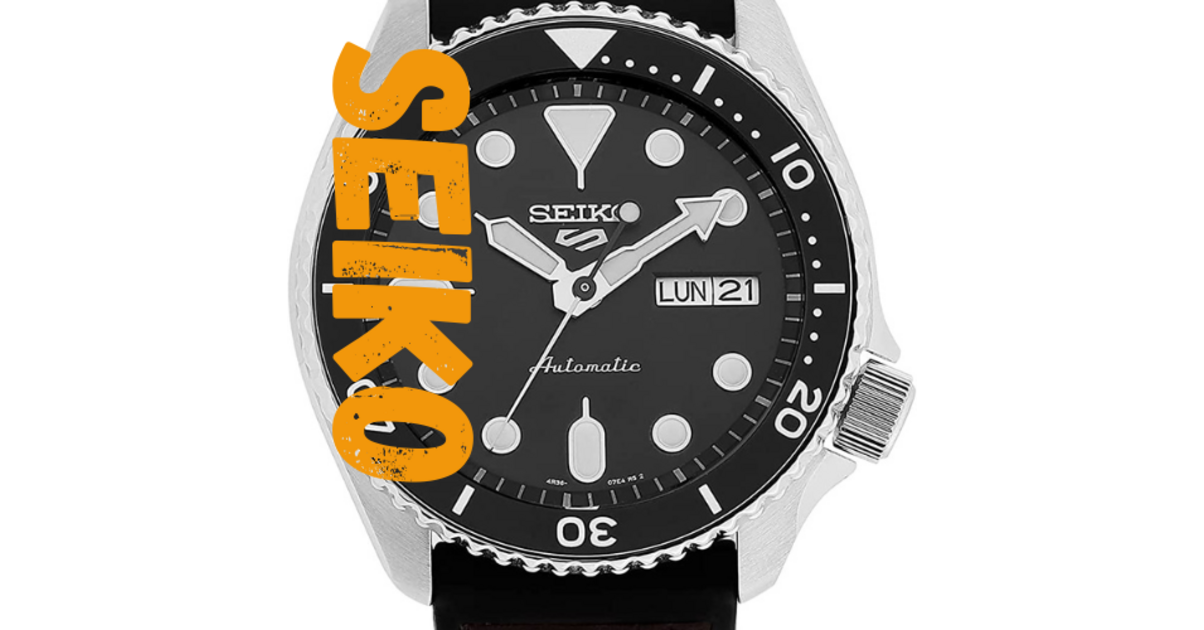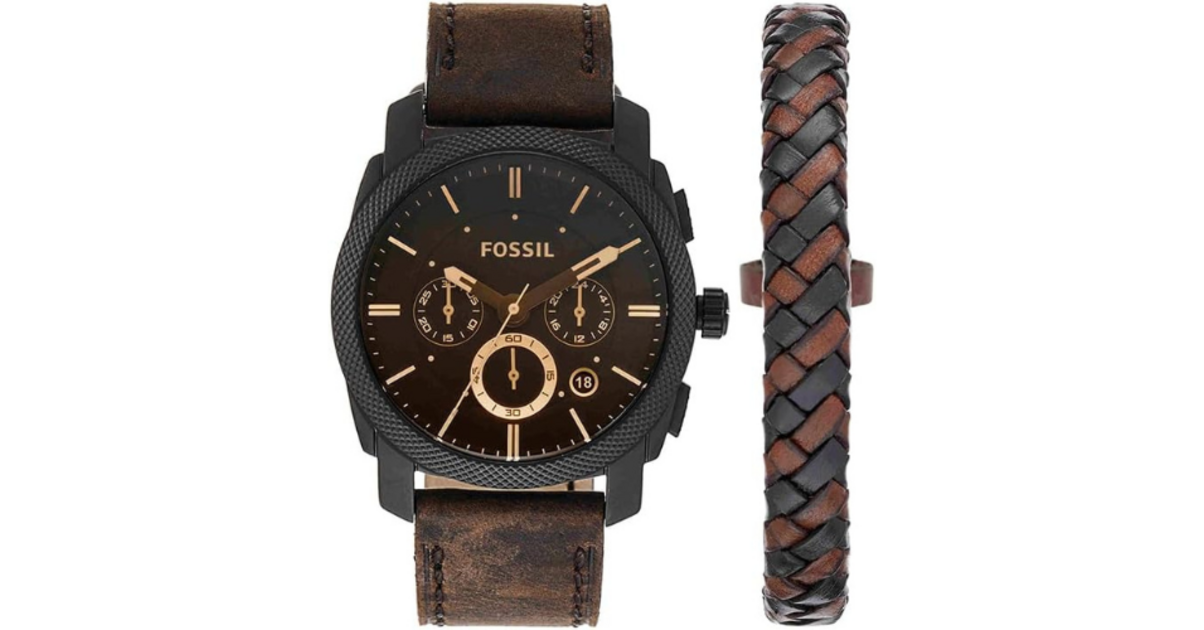Seiko vs Tissot: DNA, country, positioning
Two cultures. Two promises. Tissot boasts a very readable “Swiss Made” anchor, careful aesthetics, and global distribution via clear collections (PRX, Seastar, Le Locle, Gentleman).
Seiko plays the complete manufacturing card, from the entry-level 5 Sports to the Presage/Prospex series… up to Grand Seiko for high precision. In short: two credible entry points, two temperaments.
According to the Seiko Museum Ginza, the brand already mastered cases, dials and movements very early in the 20th century, when Tissot gradually leaned into the ETA/Swatch ecosystem to make supply more reliable. Concrete translation: at Tissot, proven and standardizable calibers; at Seiko, a diversity of “in-house” movements (4R, 6R, 8L… and Spring Drive) with strong technical signatures.
When it comes to land and uses, Tissot seduces with a clear urban reading (integrated PRX, contained formats, clear dials). Seiko, more “field” – Prospex took care of the diving and the tools, Presage took care of the textures and lacquers. It moved, but the DNA remained readable.
Basically: Switzerland = effective classicism; Japan = variety and ingenuity.
If you are obsessed with the origin of production, check out where Seiko actually makes its watches today to precisely locate the lines.
Price and perceived value
Budget-wise, “it depends”. The PRX quartz open the door smoothly, the Powermatic 80 goes up logically. At Seiko, 5 Sports remains accessible, Presage takes substance (finishes, textures, calibers), Prospex adds technique.
Price positioning generally comparable for equivalent services, with a slight “in-house innovation” advantage for Seiko and a clear “Swiss Made stamp” advantage for Tissot.
- “According to the Seiko Museum Ginza, Seiko is a historic and pioneering integrated quartz manufacture.”




